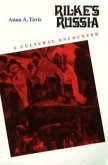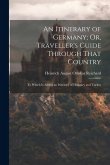Exploring the cultural heart of Europe inside and out. At the political and geographical center of the Second World War and the Cold War, Berlin has also been at the cultural heart of Europe for hundreds of yearsand continues to set architectural, musical and fashion trends in the twenty-first century. Similarly, Berlin produced authors such as Theodor Fontane and Bertolt Brecht and now serves as inspiration for postmodern and postcolonial literature by the likes of Emine Sevgi zdamar and Gnter Grass. Located along the Spree River in eastern Germany's verdant Brandenburg landscape, Berlin is a relative latecomer among Europes capitals. It was a mere village as late as the seventeenth century and not unified into one metropolis until the 1920s. Even today, the various communities that now make up the city have their own distinctive identities. Berlin has been shaped by politicians such as Frederick the Great, dictators like Adolf Hitler and architects such as Karl Friedrich Schinkel and Hans Scharoun, yet none of these individuals managed to put a decisive stamp on the city: because of its turbulent history, Berlin has had to reinvent itself again and again. In its current incarnation Berlin has become an exciting and innovative place sought out by artists and entrepreneurs from all over the world. Norbert Schrer's cultural guide explores the juxtaposition of Berlin's past and present in history, architecture, literature, art, entertainment and religion, and offers an insider account that provides contexts to make sense of Berlin's dazzling variety.
Bitte wählen Sie Ihr Anliegen aus.
Rechnungen
Retourenschein anfordern
Bestellstatus
Storno

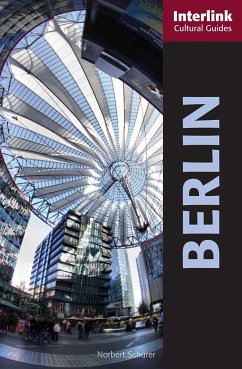
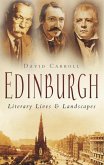
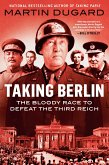
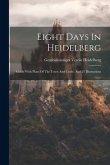
![Guide to Bonn and Its Environs [Tr. From Der Fremde in Bonn] Guide to Bonn and Its Environs [Tr. From Der Fremde in Bonn]](https://bilder.buecher.de/produkte/68/68808/68808143m.jpg)

